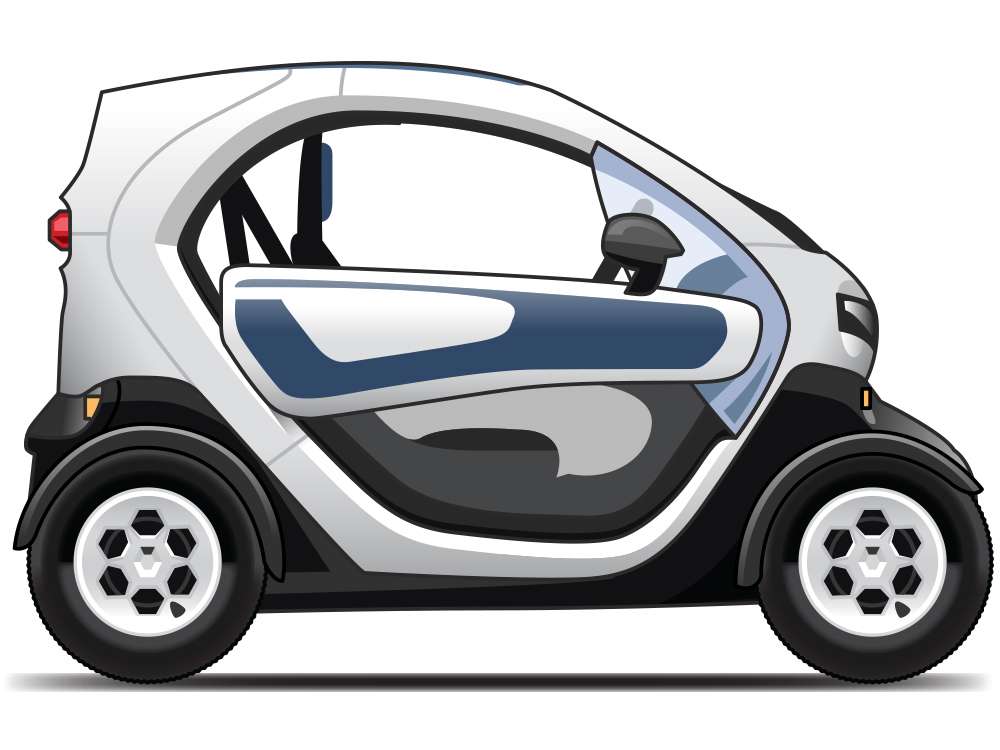
Length: 92 inches Chris Hebert
Posted on Sep 26, 2018

Cars are getting bigger—the better to protect you with, my dear. But back when fuel was scarce and safety wasn’t a concern, tiny machines thrived. These wee rides filled a niche for decades, but today, some commuters still demand exceptionally small vehicles.








This article was originally published in the Fall 2018 Tiny issue of Popular Science.

Shopping for, well, anyone? The PopSci team’s holiday gift recommendations mean you’ll never need to buy another last-minute gift card.